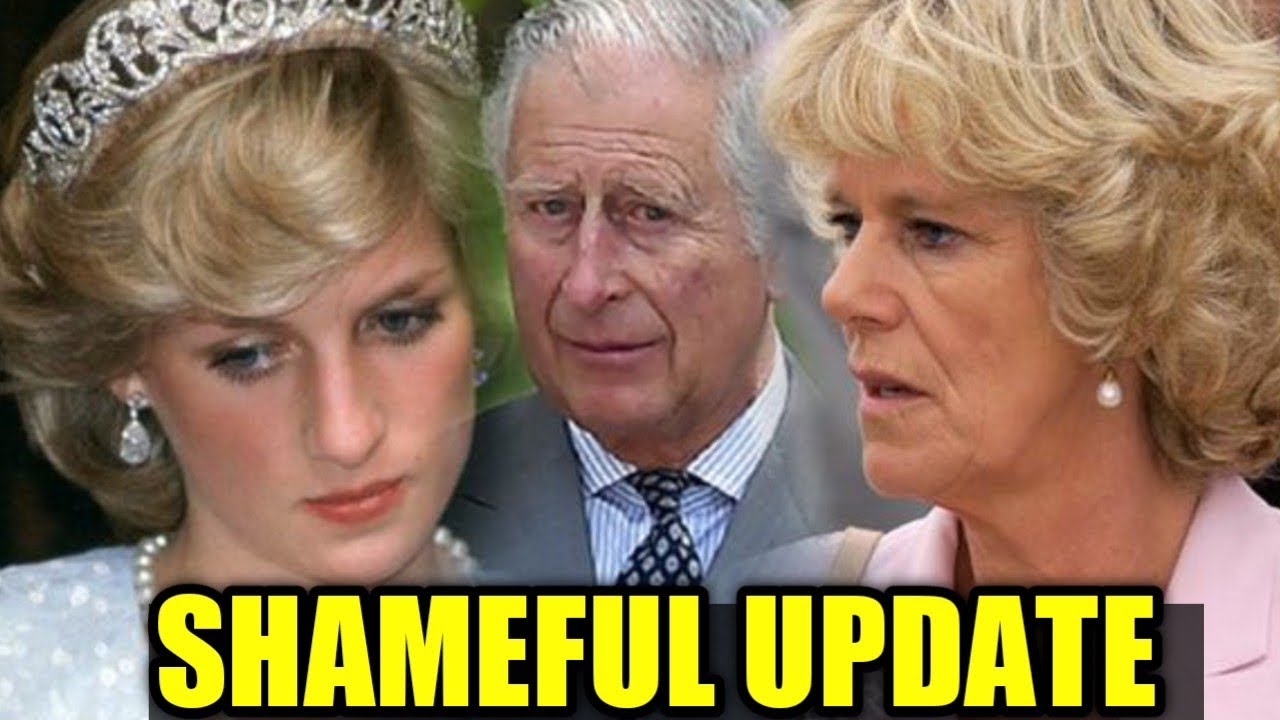The relationship between Camilla Parker Bowles, King Charles III, and Princess Diana remains one of the most talked-about love triangles in modern royal history. Charles and Camilla’s romance began in the early 1970s but faced significant hurdles due to Charles’s obligation to marry someone suitable for the royal family. Consequently, in 1981, he wed Diana, a choice that initially seemed promising but quickly unraveled under the pressures of royal life and public scrutiny.
Diana became an international icon, yet her marriage to Charles was fraught with challenges. The strain intensified as rumors of Charles’s ongoing relationship with Camilla persisted. Despite their separation in 1992 and eventual divorce in 1996, speculation suggests that Charles continued to contact Diana frequently, perhaps attempting to maintain a relationship out of respect for their children and shared experiences. This complex dynamic was complicated further by the intense media scrutiny surrounding all three individuals.
After Diana’s tragic death in 1997, public sentiment shifted dramatically. Many viewed Diana as a victim of the royal family’s rigidity and Charles’s infidelity, fueling further resentment toward Camilla, who was perceived as the “other woman.” This animosity persisted for years, complicating Camilla’s acceptance within the royal family and the public eye.
However, over time, Camilla worked to rehabilitate her image, undertaking royal duties and participating in charitable work. Her marriage to Charles in 2005 marked a turning point, as the couple publicly showcased their commitment to one another. Still, whispers about the past lingered, with some insiders suggesting that Charles and Diana maintained an amicable relationship even after their divorce.
This ongoing narrative continues to spark interest in royal affairs. The complexities of love, loyalty, and betrayal within this triangle highlight the challenges faced by public figures under constant media scrutiny. As Charles assumes his role as king, the legacy of his past relationships will likely continue to influence public perception of the monarchy. The story of Camilla, Charles, and Diana serves as a reminder of the personal struggles behind the royal facade and the enduring impact of love, loss, and reconciliation in the public eye.

